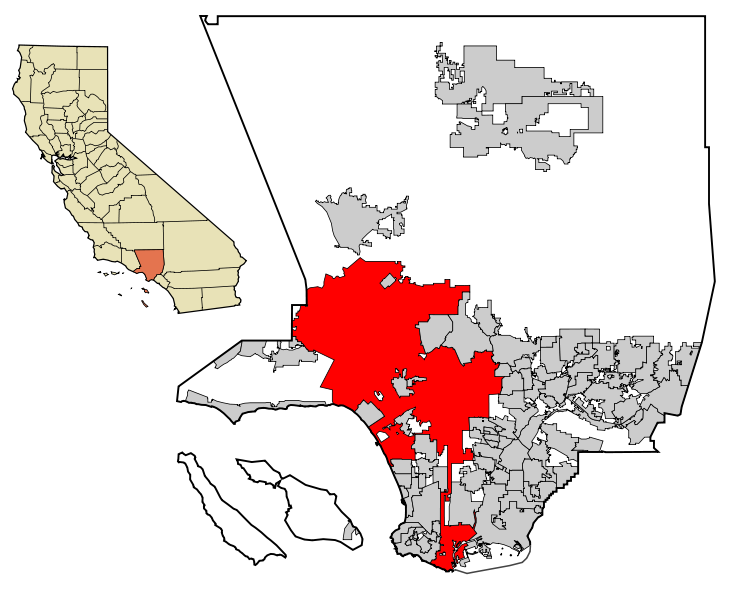The 'selectively' part is particularly important and hasn't gotten the attention it deserves:
Two Indianapolis Public Schools might never have been taken over by the state if then-Superintendent of Public Instruction Tony Bennett had offered the district the same flexibility he granted a year later to the Christel House Academy charter school.As for the specifics, Hyslop goes into more detail (and has a wonderfully apt movie quote to make her point), but Ellenberg probably does the better job summing it up:
The issue was similar in both cases. Christel House had recently added ninth and 10th grades, and IPS’ Howe and Arlington had added middle school grades. The students who filled those seats posted poor enough scores to drag down the schools’ overall ratings.
In the case of Christel House, emails unearthed by The Associated Press show Bennett’s staff sprung into action in 2012 when it appeared scores from the recently added grades could sink the highly regarded school’s rating from an A to a C. Ultimately, the high school scores were excluded and the school’s grade remained an A.
But in 2011, after IPS’ then-Superintendent Eugene White demanded Bennett consider the test scores of high school students separately from those of middle school students so the high schools could avoid state takeover, Bennett was unmoved.
Here’s where Bennett’s team found the loophole big enough to drive a charter school through. A normal person would do exactly what Chief Accountability Officer Jon Gubera did—give Christel the weighted average of its elementary/middle school score, according to the rules for elementary/middle schools, and its high school score, according to the rules for high schools.Ellenberg then made an observation that echoed some of my earlier points about how the mindset of the reform movement can enable these ethical lapses:
But Bennett had a better idea. Christel was, technically speaking, not a high school, so the statutory formula for the high school grades didn’t apply. But it also didn’t have all four high school measures, so, he argued, the rules for combined schools didn’t apply either. There were just 13 schools in the state that had both middle school and high school grades but no seniors. For these schools, Bennett reasoned, the Indiana education poobahs should have a free hand to set the grades however they pleased. You can guess what happened next: Bennett ruled that the ninth- and 10th-graders in these schools didn’t count at all. So it was that the offending algebra grades vanished in a puff of bureaucratic smoke...
This was an act of astonishing statistical chutzpah. Suppose the syllabus for my math class said that the final grade would be determined by averaging the homework grade and the exam grade, and that the exam grade was itself the average of the grades on the three tests I gave. Now imagine a student gets a B on the homework, gets a D-minus on the first two tests, and misses the third. She then comes to me and says, “Professor, your syllabus says the exam component of the grade is the average of my grade on the three tests—but I only took two tests, so that line of the syllabus doesn’t apply to my special case, and the only fair thing is to drop the entire exam component and give me a B for the course.”
The saddest part is that I’m guessing Bennett sincerely felt he was doing the right thing. In his mind, he knew Christel was a great school, so if the scores said otherwise, the scores had to be wrong. In this respect, ironically, he ends up echoing his policy opponents, adopting the position that a mechanistic testing and scoring procedure can’t be allowed to override firsthand knowledge about teachers and schools.
